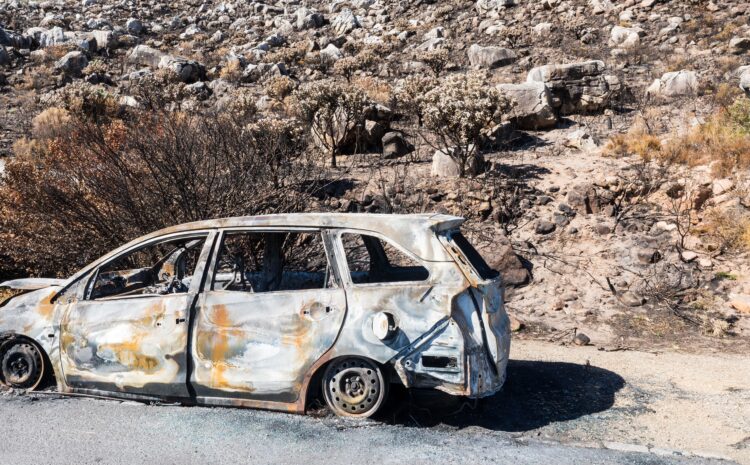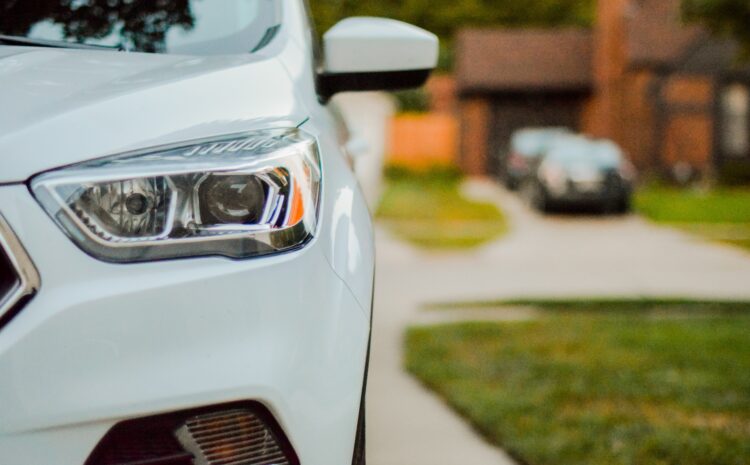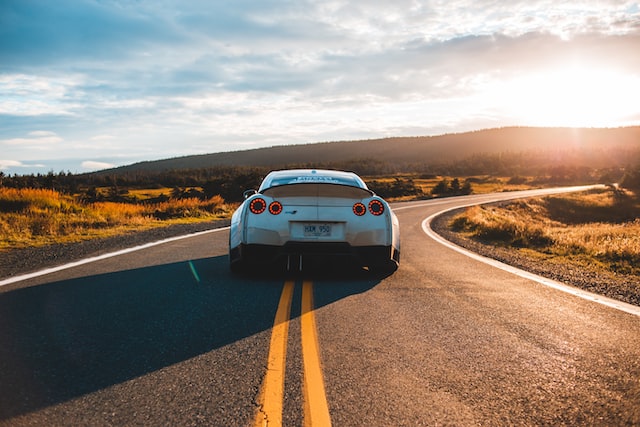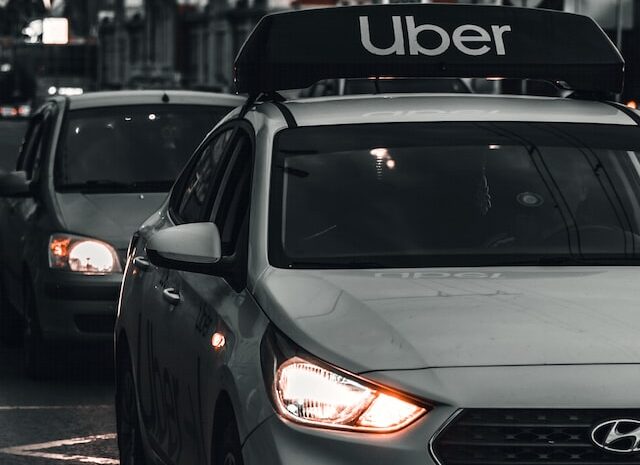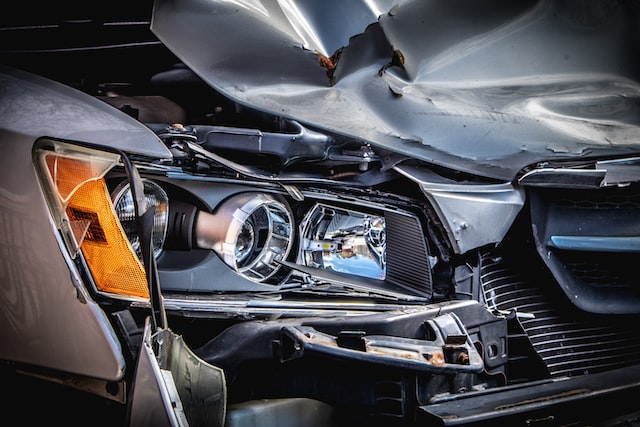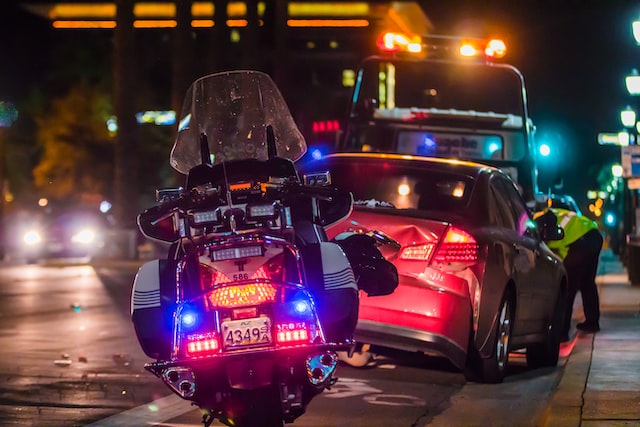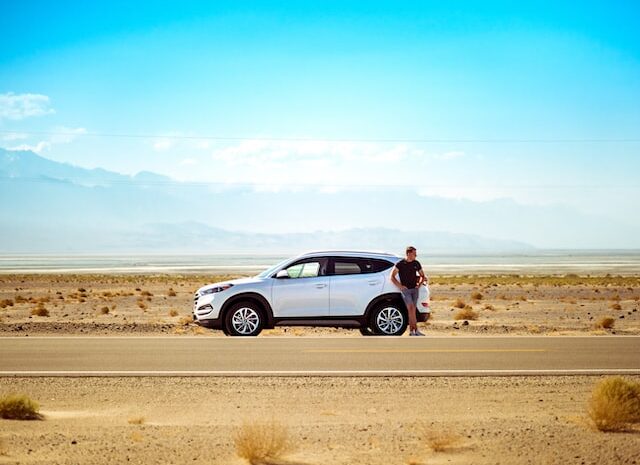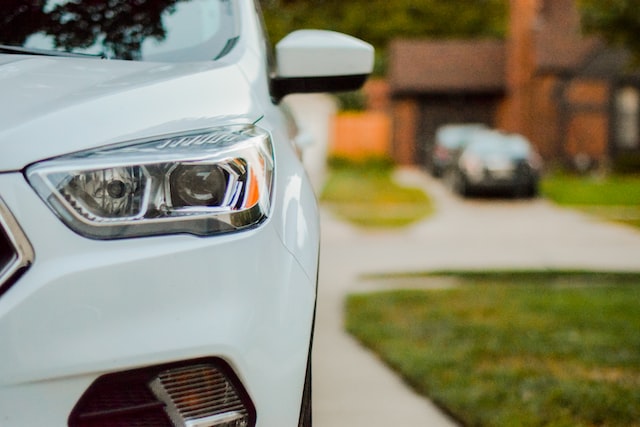
What does car insurance cover?
If you cause an accident and have no auto insurance, you can be faced with bills for:
Others’ injuries.
Damage to other cars.
Damage to others’ property such as fences.
Your own car’s damage.
Your own medical bills.
Legal costs if the other driver sues you.
A variety of types of car insurance are available to pay the bills for all of the above.
Liability car insurance is required when you buy car insurance. It pays for damage and injuries you cause to others. Amounts of liability coverage are often written as three numbers. These refer to the maximum limits your insurer will pay for injuries per person, injuries per accident and property damage per accident.
Some states also require:
Uninsured/underinsured motorist coverage for your injuries and your passengers’ injuries if you’re in an accident caused by a driver with no liability insurance or not enough. In some states you can also buy uninsured motorist property damage coverage to cover your car damage from an uninsured motorist.
Personal injury protection (PIP) or medical payments (MedPay) coverage for you and your passengers’ injuries regardless of who was at fault.
Also worth consideration are:
Collision insurance for your vehicle damage after hitting objects such as trees, poles or other cars.
Comprehensive insurance for car theft and also damage to your vehicle due to weather, fire, explosions, vandalism, floods and animal-related crashes.
And many auto insurance companies offer numerous other options, such as:
Rental reimbursement coverage if your car is being repaired after an accident.
Mechanical breakdown insurance for car problems not due to accidents, like engine trouble.
Roadside assistance coverage for problems like flat tires and getting locked out.
Pet injury coverage for pet injuries or death due to an accident.
Gap insurance for paying the difference between what you owe on car loan or lease and the insurance check for a totaled car.


